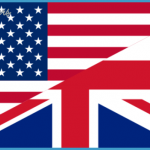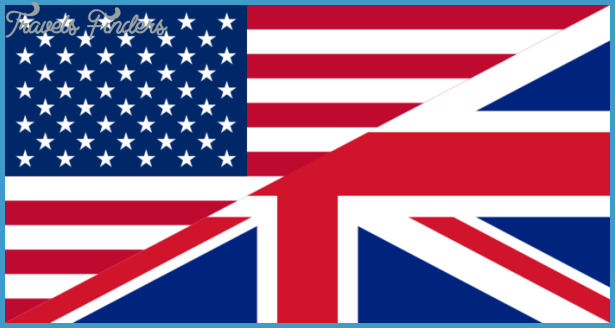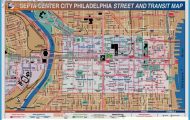HOW ONE MAN MADE HIS MARK
Thank goodness for early conservationists like Henry Baldwin. An ordinary man with an extraordinary appreciation for his surroundings, he bequeathed a vast chunk of historic Hampden Road to the Tasmanian Museum & Art Gallery for future generations to enjoy. Part of this generous gift was Markree House, Henry’s beautiful childhood home. Built in 1926, it’s a kind of microcosm for the English Arts & Crafts movement, an early-20th-century style that celebrated craftsmanship in the face of the industrialisation sweeping the world. During this time, makers left their final marks on everything from delicate silver teaspoon sets to elegantly carved bureaus and bookshelves. These are the sorts of things you’ll see on a tour of this housemuseum. Its period rooms are crammed with social history, art and decorative arts, and the house itself will give you a new appreciation for Tasmanian timber.
There’s also a stellar collection of the young Henry’s toys, including a huge 1920s train set and numerous stuffed and tin toys.(This man was obviously a conservationist from the beginning, as even his play things are in mint condition.) Be sure to spend some time in the garden that’s full of roses, cottage-garden plants, heirloom vegetables and winding paths. The garden is also set in the ruins of convict stone walls, showing the marks of even earlier makers. Without the foresight of wonderful Mr Baldwin, we wouldn’t be able to appreciate any of this. So thanks Henry – you really made your mark. Henry Baldwin was a third-generation Tasmanian who worked as an engineer with the Tasmanian Government Railways. His bequest to the Tasmanian Museum & Art Gallery upon his death in 2007 was one of the single largest ever made to an Australian museum.










